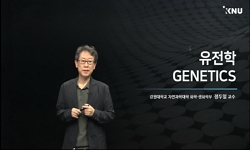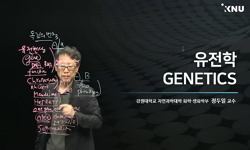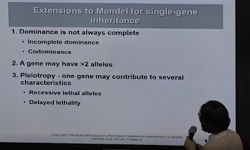To become skilled in singing, one needs the ability to accurately perceive music and the capacity to vocalize it. Recognition of music can be distinguished by the perception of pitch and rhythm. Pitch perception is often determined by genetics and neu...
http://chineseinput.net/에서 pinyin(병음)방식으로 중국어를 변환할 수 있습니다.
변환된 중국어를 복사하여 사용하시면 됩니다.
- 中文 을 입력하시려면 zhongwen을 입력하시고 space를누르시면됩니다.
- 北京 을 입력하시려면 beijing을 입력하시고 space를 누르시면 됩니다.
https://www.riss.kr/link?id=A108896847
-
저자
김청수 (가톨릭대학교 의과대학 대전성모병원 이비인후과학교실)
- 발행기관
- 학술지명
- 권호사항
-
발행연도
2023
-
작성언어
Korean
-
주제어
Tone deafness ; Amusia ; Genetics ; Neuroscience of music ; Communication ; 음치 ; 선청성 음치 ; 유전학 ; 음악의 신경생리학 ; 의사소통
-
등재정보
KCI등재
-
자료형태
학술저널
- 발행기관 URL
-
수록면
79-83(5쪽)
- DOI식별코드
- 제공처
-
0
상세조회 -
0
다운로드
부가정보
다국어 초록 (Multilingual Abstract)
To become skilled in singing, one needs the ability to accurately perceive music and the capacity to vocalize it. Recognition of music can be distinguished by the perception of pitch and rhythm. Pitch perception is often determined by genetics and neurological differences, whereas rhythm perception is influenced more by environmental factors than genetics. Tone deafness, or amusia, can stem from difficulties in perceiving pitch or from an inability to sing despite accurate pitch perception, known specifically as “purely vocal tone deafness.” This condition involves a disconnect between perception and the act of singing. And this can also arise from problems in the memory of perceived musical notes. Tone deafness not only affects musical abilities but also impacts language processing and communication.
동일학술지(권/호) 다른 논문
-
후두 근전적출술 후 발생한 지연성 흡인 환자에게 시행한 후두 주입술 1예
- 대한후두음성언어의학회
- 정수진
- 2023
- KCI등재
-
- 대한후두음성언어의학회
- 김재욱
- 2023
- KCI등재
-
- 대한후두음성언어의학회
- 문성규
- 2023
- KCI등재
-
- 대한후두음성언어의학회
- Lee Jong Hwan
- 2023
- KCI등재





 KCI
KCI






